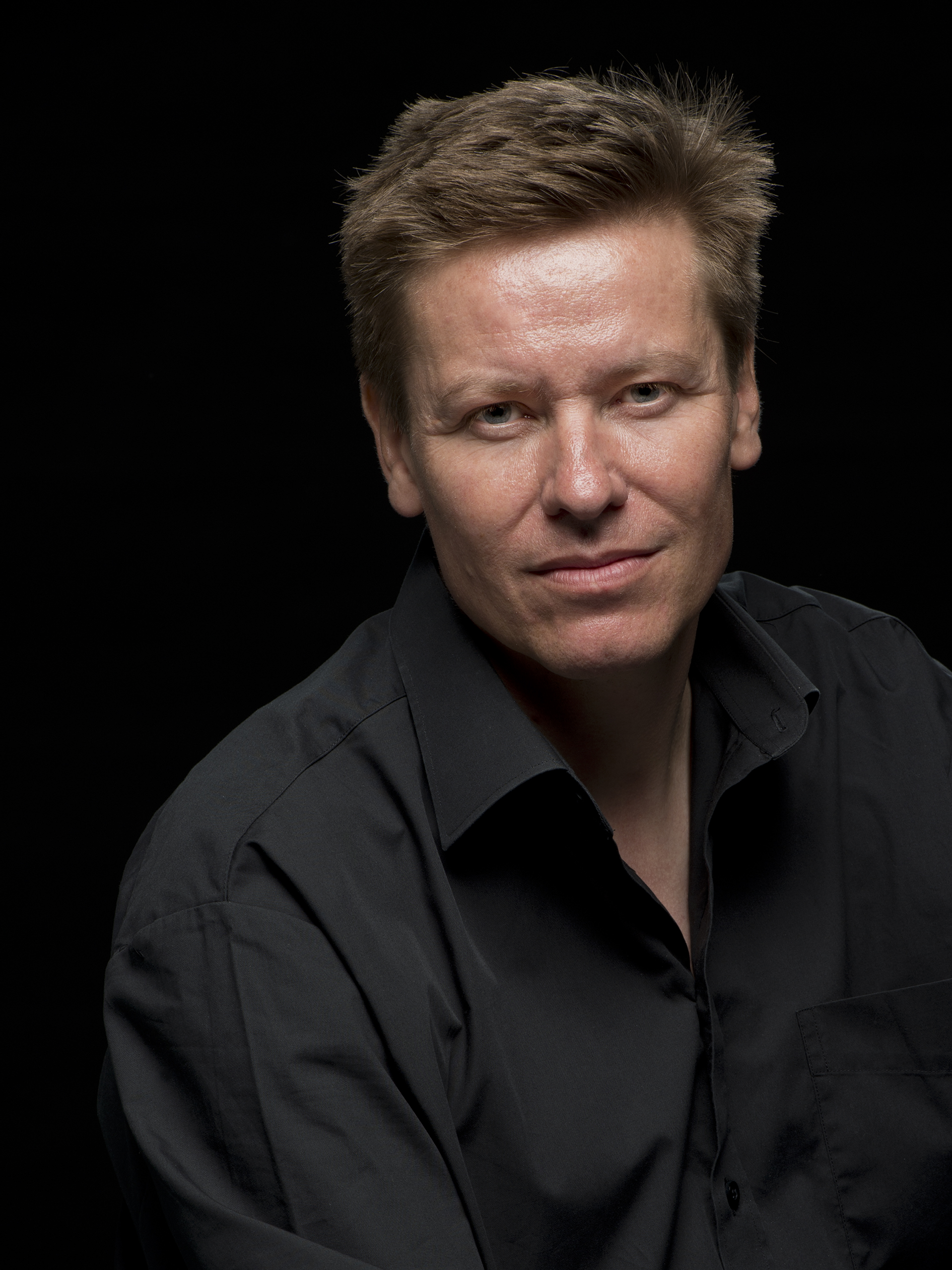Peter Vuust, Neuroscience, Aarhus University, and Director of the Center for Music in the Brain, Denmark
Coach House, Green College, UBC
Tuesday, January 23, 5-6:30 pm, with reception to follow
Musical rhythm has a remarkable capacity to move our minds and bodies. Even though the ability and drive towards moving to music are natural to most people, this ability seems to be relatively unique to humans. And why is it that James Brown always fills the dance floor? With novel brain scanning techniques, we now have the possibility of trying to understand the neural underpinning of these remarkable effects. Evidenced by our latest brain scanning and behavioral experiments, Peter Vuust will address how and why we move to music and present a simple, yet powerful model for how the brain processes musical rhythm. He will focus on two phenomenologically distinct, yet structurally related types of rhythmic material: the occasional appearance of a surprising beat followed by a surprising rest (syncopation), and repeating syncopated patterns (groove). He will show how this model can explain why isolated syncopations lead to stronger prediction error in the brains of musicians as evidenced by larger ERPs to rhythmic incongruity and why we all experience a stronger urge to move to grooves with a medium level of syncopation compared to low and high levels of syncopation. These studies go to the heart of why we have music from an evolutionary point of view.
 Peter Vuust is a unique combination of a jazz musician and a world class scientist. As a researcher, he is Denmark’s leading expert in the field of music and the brain – a research field he has single-handedly built up as leader of the group Music In the Brain. He is internationally recognised, widely quoted and received in October 2014 the Danish National Research Foundation’s centre grant of DKK 52 million to found the Center for Music In the Brain. As a composer and bass player he has collaborated with a variety of artists, from Danish pop stars to some of the world’s major, international jazz artists, and released a number of albums with his own compositions.
Peter Vuust is a unique combination of a jazz musician and a world class scientist. As a researcher, he is Denmark’s leading expert in the field of music and the brain – a research field he has single-handedly built up as leader of the group Music In the Brain. He is internationally recognised, widely quoted and received in October 2014 the Danish National Research Foundation’s centre grant of DKK 52 million to found the Center for Music In the Brain. As a composer and bass player he has collaborated with a variety of artists, from Danish pop stars to some of the world’s major, international jazz artists, and released a number of albums with his own compositions.
This talk is co-sponsored by the UBC Rhythm Research Cluster: Exploring Musical Time.